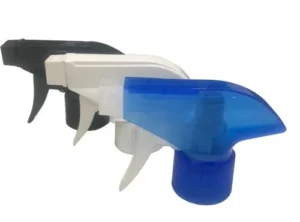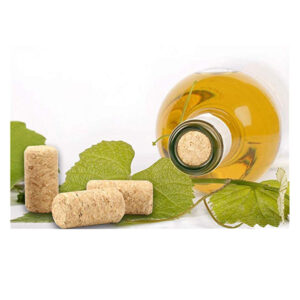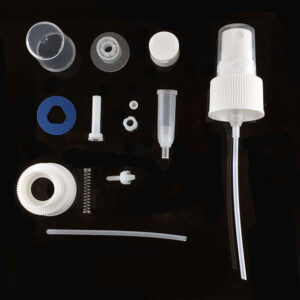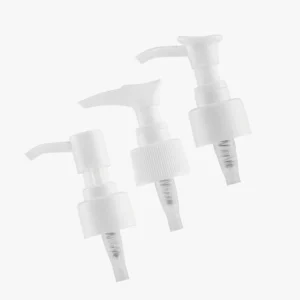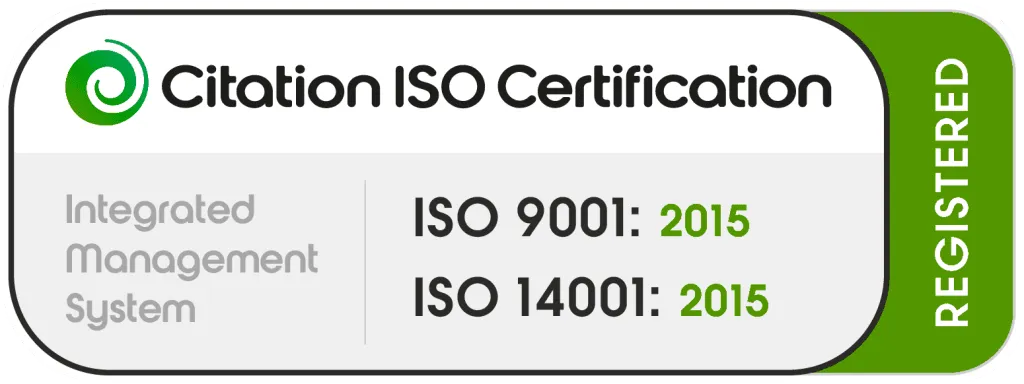Walk through any store, and you’ll notice them everywhere—sitting atop bottles of soda, lotion, medicine, and more. Plastic bottle caps are the unsung heroes of packaging, quietly doing the hard work of keeping products fresh, safe, and easy to use. For businesses that order in bulk, these small components carry big responsibility. A poorly chosen cap can turn a great product into a disappointment: think leaky shampoo bottles, flat soda, or expired lotion. That’s why getting the details right—from the material it’s made of to how well it holds up over time—matters so much. In this guide, we’ll break down what you need to know about plastic bottle caps for bulk orders, focusing on material choices, durability, and how to balance quality with cost. Whether you’re packaging beverages, beauty products, or pharmaceuticals, these insights will help you pick caps that protect your products and your brand.
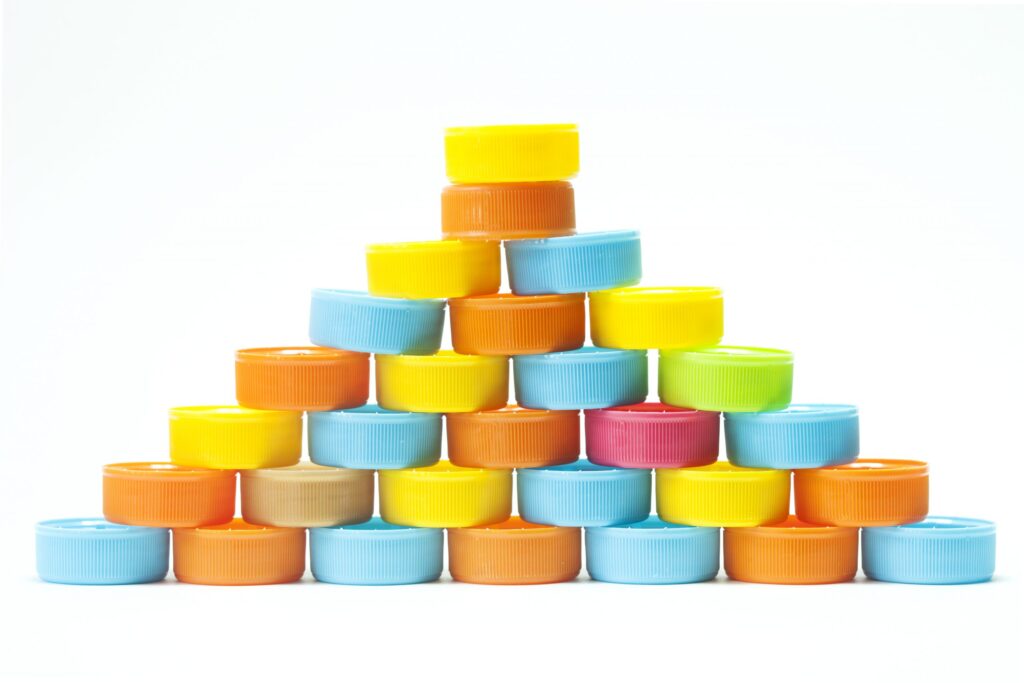
Key Considerations in Material Selection for Plastic Bottle Caps
1. Common Materials and Their Characteristics
The performance of plastic bottle caps starts with the material. The most widely used options each bring unique strengths:
- PP (Polypropylene): A top choice for its chemical resistance and rigidity, PP caps work well for acidic beverages (like soda or juice) and household cleaners. They withstand high temperatures, making them suitable for hot-fill applications. However, they lack flexibility, which can limit their use in caps requiring a tight seal on irregular bottle necks.
- PE (Polyethylene): Known for its flexibility and impact resistance, PE caps are ideal for products like lotions, shampoos, and edible oils. Their softness allows for a snug seal, even on slightly warped bottles, but they are less resistant to high heat and harsh chemicals.
- PET (Polyethylene Terephthalate): Valued for its clarity and strength, PET caps are often used for premium products where aesthetics matter, such as bottled water or high-end cosmetics. They offer good chemical resistance but are more rigid than PE, requiring precise bottle neck dimensions for a proper seal.
Understanding these properties is the first step in narrowing down the right material for your plastic bottle caps.
2. Matching Materials to Product Requirements
Material compatibility is non-negotiable. A cap that works for water might fail disastrously for a citrus-based cleaner or a alcohol-infused toner. For example:
- Acidic products demand plastic bottle caps with strong chemical resistance (PP is a safe bet here).
- Oily or viscous products (like motor oil or body butter) benefit from PE caps, whose flexibility ensures the cap doesn’t crack when twisted after contact with oils.
- For products requiring sterility, such as pharmaceuticals, caps made from medical-grade PP or PE—free from BPA and other contaminants—are mandatory.
Always test plastic bottle caps with your actual product to check for reactions, leakage, or degradation over time, especially for bulk orders where a single flaw can affect thousands of units.
Ensuring Durability of Plastic Bottle Caps
1. Structural Design and Its Impact on Durability
A plastic bottle cap’s design is just as critical as its material. Key features that enhance durability include:
- Threading: Precision-machined threads ensure a secure fit, preventing loosening during transportation. Coarse threads are better for quick opening, while fine threads offer a tighter seal.
- Sealing Rings: Integrated gaskets (often made from PE or silicone) create a barrier against leaks. For carbonated drinks or pressurized products, dual-seal rings add an extra layer of protection.
- Tamper-Evident Bands: These thin plastic strips break when the cap is first opened, assuring consumers the product is unaltered. A strong band should withstand shipping vibrations without premature breaking.
A well-designed plastic bottle cap should survive drops, temperature fluctuations, and repeated use—whether it’s a water bottle opened dozens of times or a cleaning product stored under a sink for months.
2. Resistance to Environmental Factors
Plastic bottle caps face a range of environmental stressors, and their ability to resist them determines their longevity:
- Moisture: Caps for bathroom or outdoor products must resist water absorption, which can cause warping. PP and PET excel here.
- Heat: Caps for hot-fill beverages or products stored in warehouses during summer need to withstand temperatures up to 60°C (140°F) without melting or warping—PP is again a strong candidate.
- UV Exposure: For products sold in clear bottles or displayed in sunlight, UV-stabilized materials prevent the cap from becoming brittle or discolored over time.
Rigorous testing—including drop tests, temperature cycling, and pressure tests—ensures that bulk-ordered plastic bottle caps can handle real-world conditions.
Cost-Effectiveness Analysis for Bulk Orders of Plastic Bottle Caps
1. Factors Influencing the Cost of Plastic Bottle Caps in Bulk
Bulk ordering offers economies of scale, but several factors affect the final price of plastic bottle caps:
- Raw Materials: PP is generally more affordable than PET, while specialty materials (like UV-stabilized or recycled plastics) can increase costs by 10–15%.
- Production Processes: Standard caps with no customization are cheaper than those with embossed logos, custom colors, or unique shapes, which require specialized molds.
- Order Volume: Suppliers often offer tiered pricing—orders of 100,000+ caps can reduce unit costs by 20–30% compared to smaller batches.
- Lead Time: Rush orders may incur premium fees, so planning ahead is key to keeping costs down.
2. Balancing Quality and Cost in Bulk Purchases
Opting for the cheapest plastic bottle caps can backfire. A cap that leaks or breaks easily leads to product waste, returns, and damaged brand reputation—costs that far exceed the savings from low-quality caps. Instead, focus on total cost of ownership:
- High-quality caps reduce waste, as fewer products are ruined by leaks.
- Durable caps minimize customer complaints, lowering support costs.
- Customizable caps (with logos or colors) enhance brand recognition, potentially boosting sales.
For example, investing in a slightly more expensive PP cap with a tamper-evident band for a juice brand can prevent spoilage and build trust, leading to long-term profitability.
Trends and Innovations in Plastic Bottle Caps for Bulk Applications
1. Sustainable Materials and Eco-Friendly Designs
As consumers prioritize sustainability, plastic bottle caps are evolving:
- Recycled Plastics: Caps made from post-consumer recycled (PCR) PP or PE are gaining traction, allowing brands to reduce their carbon footprint. These caps meet the same performance standards as virgin plastics but appeal to eco-conscious buyers.
- Biodegradable Options: Innovations like caps made from plant-based plastics (e.g., PLA blends) break down in industrial composting facilities, ideal for brands targeting green markets.
Adopting these options not only meets regulatory pressures (such as EU plastic bans) but also enhances brand image—a valuable asset in competitive markets.
2. Functional Innovations
Modern plastic bottle caps are adding value through smart features:
- Easy-Open Designs: Caps with ergonomic grips or flip-tops cater to elderly users or those with limited dexterity, expanding market reach.
- Measuring Caps: Integrated scales or marked doses (common in cleaning products or supplements) simplify use, reducing customer error.
- Reclosable Mechanisms: Caps with airtight seals that reseal after each use, preserving product freshness for longer.
These innovations can differentiate your product, justifying slightly higher bulk costs through increased customer loyalty.
Common Mistakes to Avoid When Sourcing Plastic Bottle Caps in Bulk
- Ignoring Material Compatibility: Assuming a “one-size-fits-all” cap works for all products can lead to leaks or chemical reactions. Always test with your specific formula.
- Skipping Durability Testing: Ordering bulk caps without testing them in real-world conditions (e.g., shipping, storage) risks widespread failures.
- Fixating on Low Prices: Choosing the cheapest option often means sacrificing quality, leading to higher long-term costs.
- Overlooking Customization Limits: Not clarifying mold costs or minimum order quantities for custom designs can cause delays or unexpected expenses.
Why Choose STDPAK for Your Bulk Plastic Bottle Cap Needs?
At STDPAK, we specialize in delivering plastic bottle caps that balance material quality, durability, and cost-effectiveness—critical for bulk orders. Our expertise spans:
- Material Mastery: We help you select the perfect material (PP, PE, PET, or sustainable alternatives) based on your product’s chemistry, storage, and usage. Our lab tests ensure compatibility, so you avoid costly mistakes.
- Durability Engineering: Our caps feature precision threading, robust sealing rings, and tamper-evident bands designed to withstand shipping, handling, and environmental stress. We provide test reports to verify performance.
- Bulk Cost Optimization: With tiered pricing for large orders, we pass on savings from our efficient production processes. We also offer flexible customization (logos, colors, features) at competitive rates, with transparent mold cost structures.
- Sustainability Solutions: From PCR-based caps to biodegradable options, we help you meet eco-friendly goals without compromising on function.
Whether you need 100,000 caps for bottled water or specialized caps for luxury cosmetics, STDPAK ensures consistent quality, on-time delivery, and dedicated support—from material selection to post-delivery troubleshooting.
Ready to Elevate Your Packaging with STDPAK’s Plastic Bottle Caps?
Don’t let subpar plastic bottle caps undermine your product’s success. STDPAK’s bulk solutions are designed to protect your products, enhance your brand, and optimize costs. Contact our team today to discuss your needs, request samples, or get a tailored quote. Let’s ensure your bulk plastic bottle caps are a strength, not a liability.

